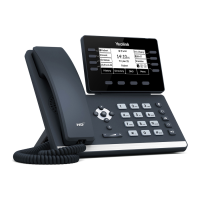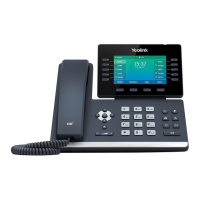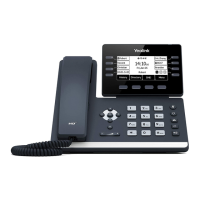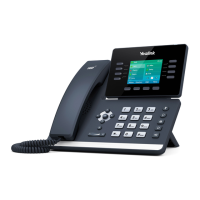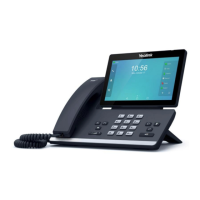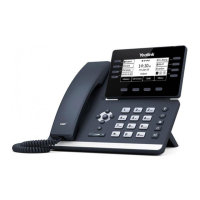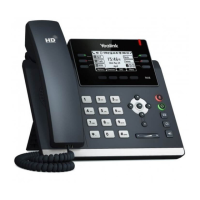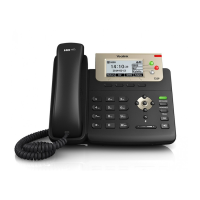Administrator’s Guide for SIP-T2 Series/T19(P) E2/T4 Series/T5 Series/CP860/CP920 IP Phones
118
3. Select the desired value from the pull-down list of RPort.
4. Click Confirm to accept the change.
Quality of Service (QoS)
Quality of Service (QoS) is the ability to provide different priorities for different packets in the
network, allowing the transport of traffic with special requirements. QoS guarantees are
important for applications that require fixed bit rate and are delay sensitive when the network
capacity is insufficient. There are four major QoS factors to be considered when configuring a
modern QoS implementation: bandwidth, delay, jitter and loss.
QoS provides better network service through the following features:
Supporting dedicated bandwidth
Improving loss characteristics
Avoiding and managing network congestion
Shaping network traffic
Setting traffic priorities across the network
The Best-Effort service is the default QoS model in IP networks. It provides no guarantees for
data delivering, which means delay, jitter, packet loss and bandwidth allocation are
unpredictable. Differentiated Services (DiffServ or DS) is the most widely used QoS model. It
provides a simple and scalable mechanism for classifying and managing network traffic and
providing QoS on modern IP networks. Differentiated Services Code Point (DSCP) is used to
define DiffServ classes and stored in the first six bits of the ToS (Type of Service) field. Each
router on the network can provide QoS simply based on the DiffServ class. The DSCP value
ranges from 0 to 63 with each DSCP specifying a particular per-hop behavior (PHB) applicable
to a packet. A PHB refers to the packet scheduling, queuing, policing, or shaping behavior of a
node on any given packet.
Four standard PHBs available to construct a DiffServ-enabled network and achieve QoS:
Class Selector PHB -- backwards compatible with IP precedence. Class Selector code
points are of the form “xxx000”. The first three bits are the IP precedence bits. These class
selector PHBs retain almost the same forwarding behavior as nodes that implement IP
precedence-based classification and forwarding.
Expedited Forwarding PHB -- the key ingredient in DiffServ model for providing a low-
loss, low-latency, low-jitter and assured bandwidth service.
Assured Forwarding PHB -- defines a method by which BAs (Bandwidth Allocations) can
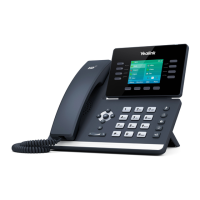
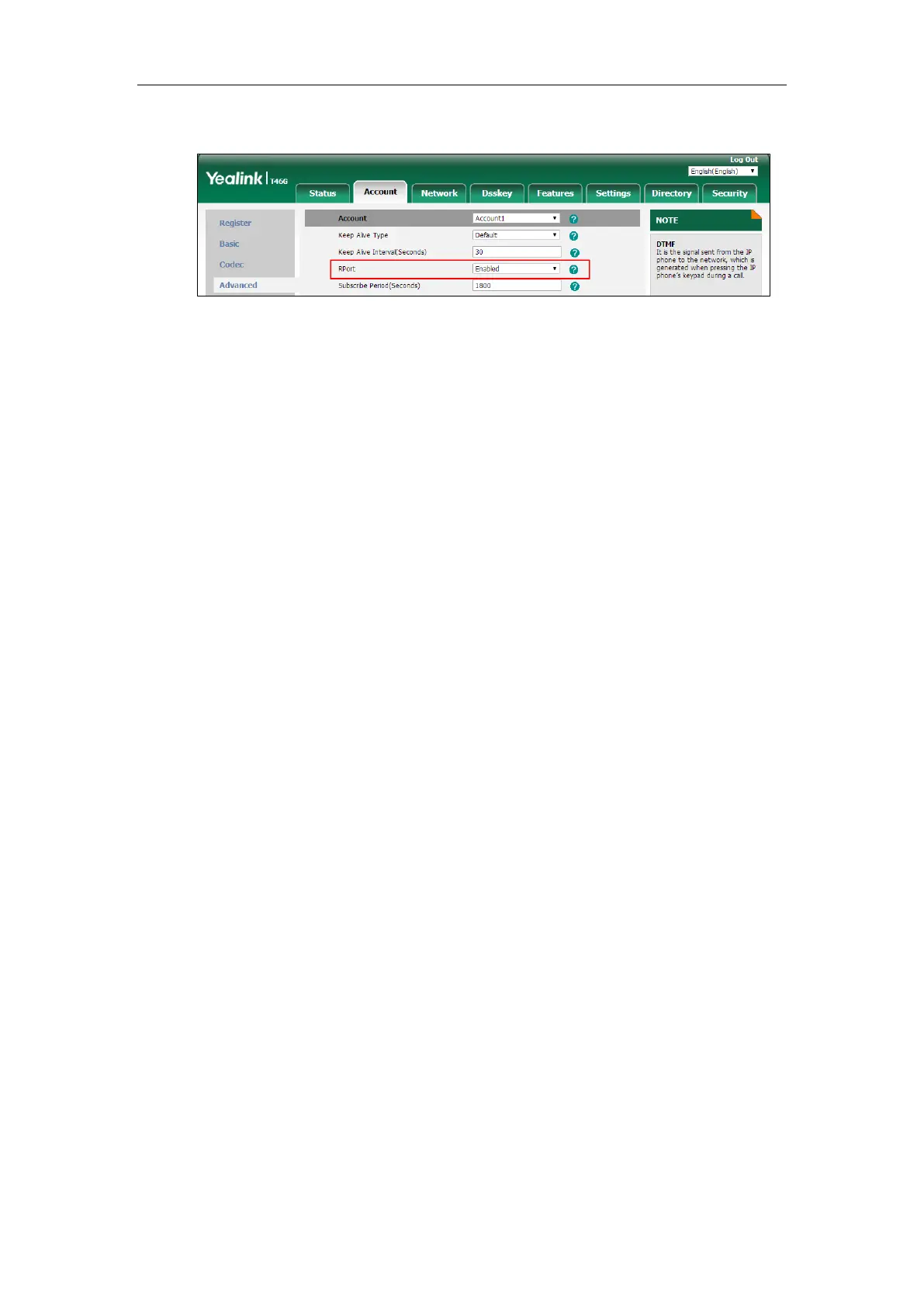